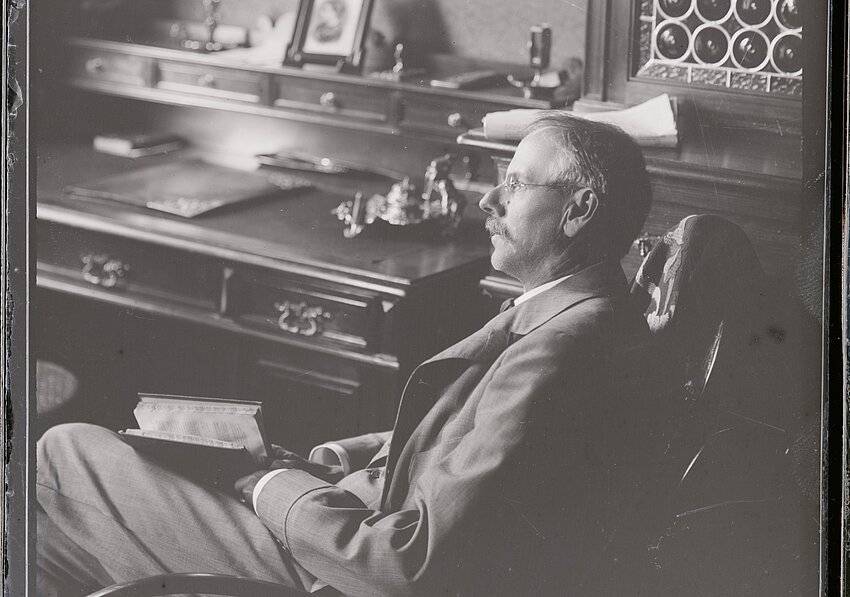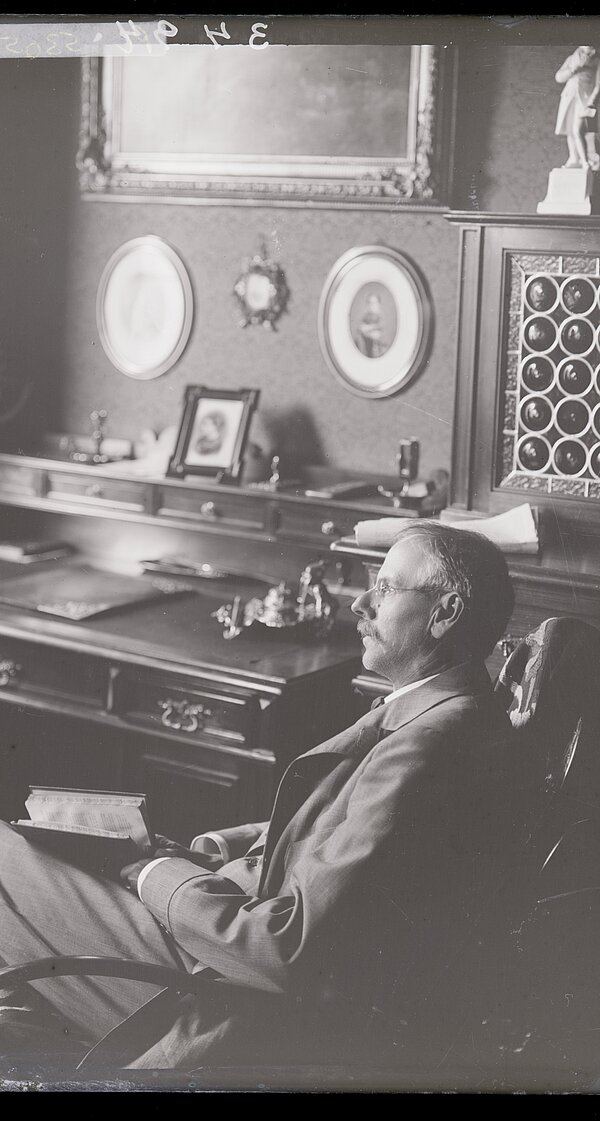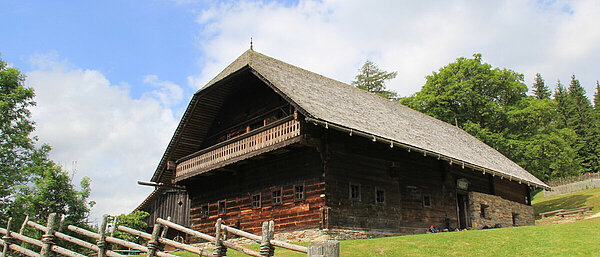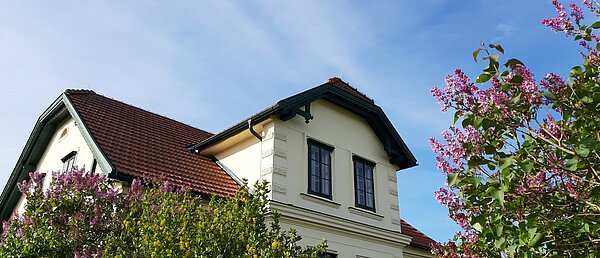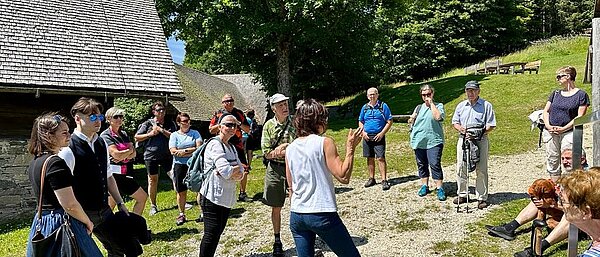Peter Rosegger's first book Zither und Hackbrett. Gedichte in obersteirischer Mundart was published. In the same year followed the book Tannenharz und Fichtennadeln. Geschichten, Schwänke, Skizzen und Lieder in obersteirischer Mundart.
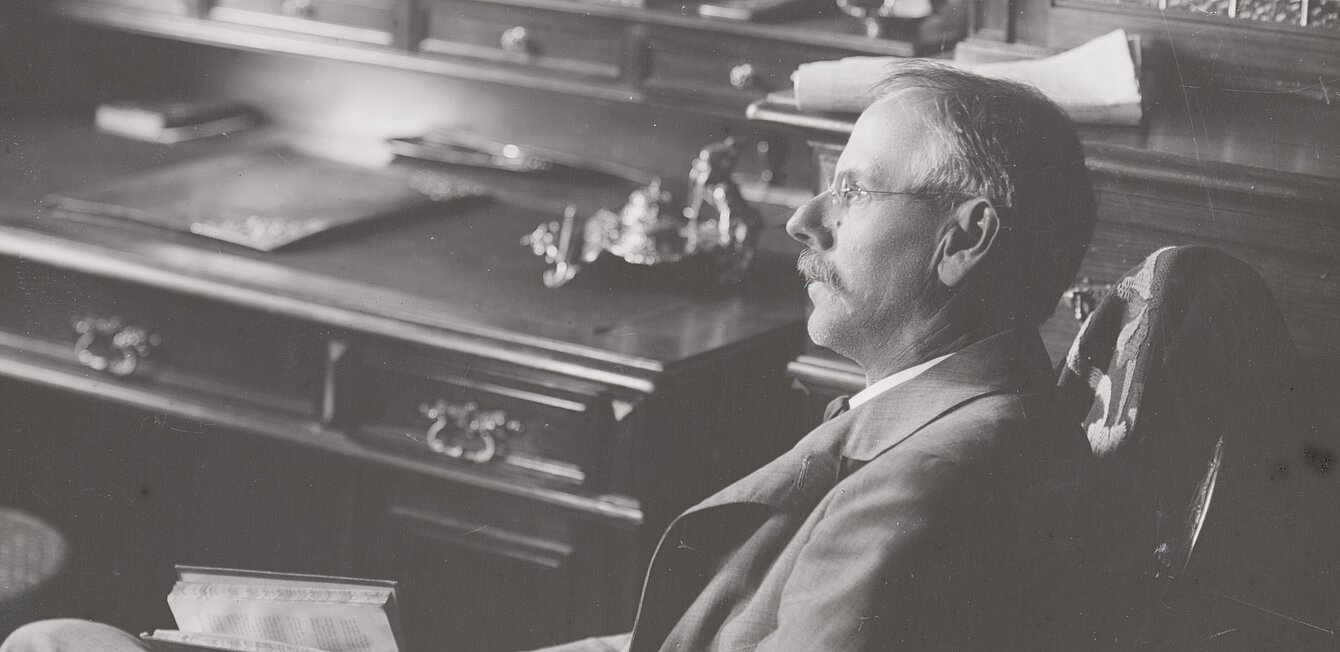
Peter Rosegger
Rosegger Birthplace Alpl offers a glimpse into the simple rural life of his childhood.
Rosegger Museum Krieglach, located in the poet's former summer house, tells the story of the famous author's life and work.
1876
40
years Rosegger spent the summer months with his family in the Krieglach country house. Here he worked on his books, novels and contributions to the Heimgarten, received numerous visitors and enjoyed hikes through the Alpler mountain landscape.
50
volumes comprise the popular edition in four series of Peter Rosegger's writings, published by Staackmann-Verlag.
See you again in spring!
The Rosegger-Birtplace on the Alpl and Rosegger-Museum in Krieglach are closed during the winter months until 27 March 2026.
We look forward to seeing you next season!
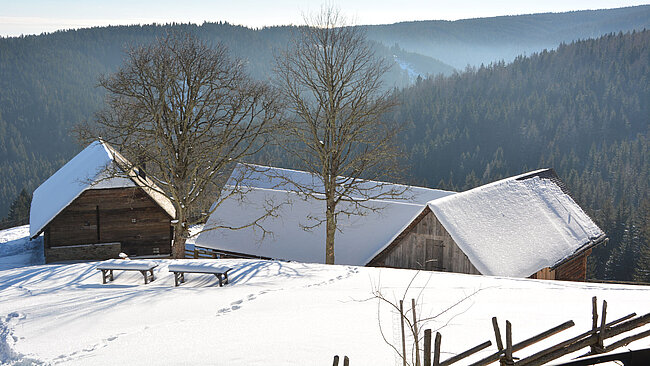
Image Credits
Peter Rosegger
Peter Rosegger was not only a poet and writer, we also owe him insights into the social and economic situation of the region "Waldheimat".
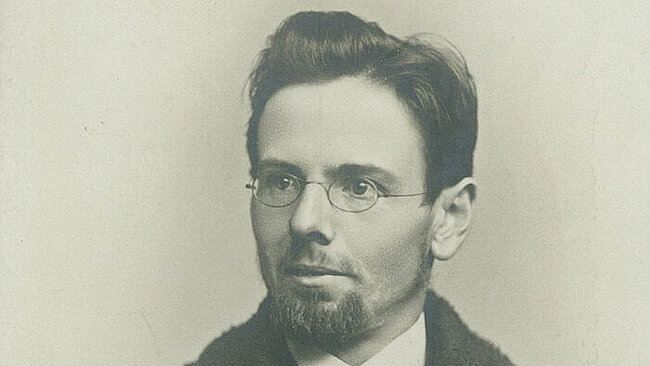
Image Credits
We look forward to your visit!
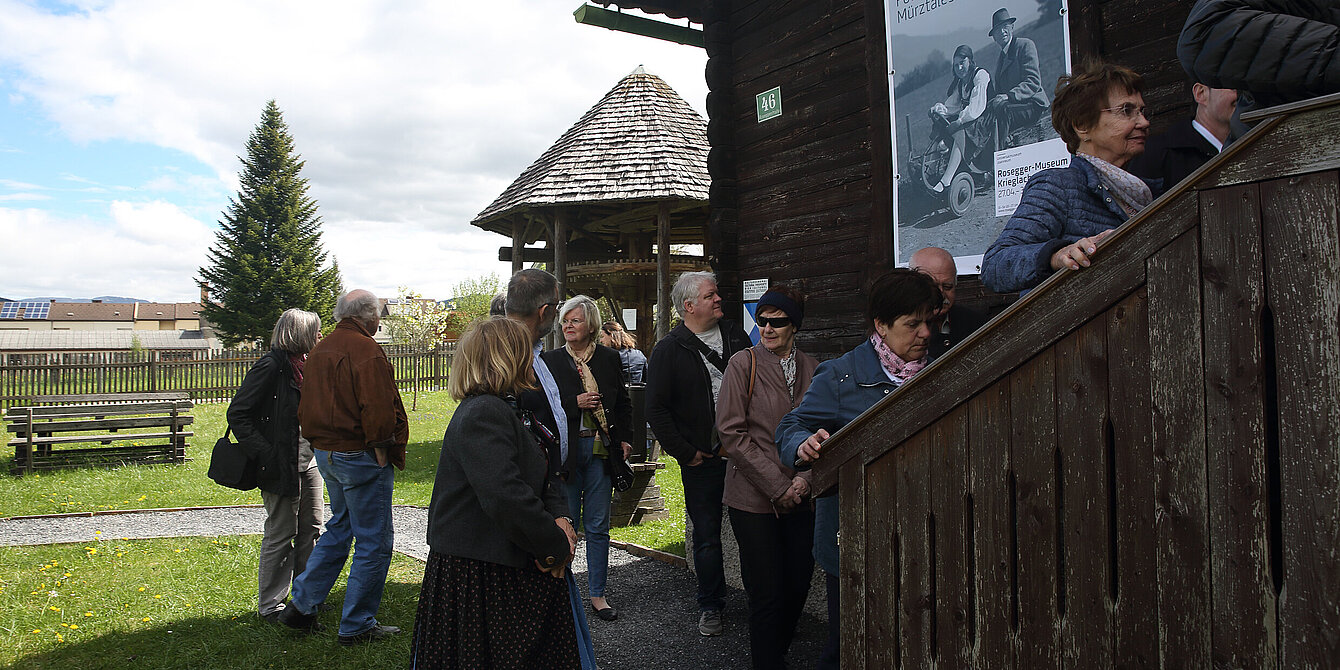
Image Credits




















